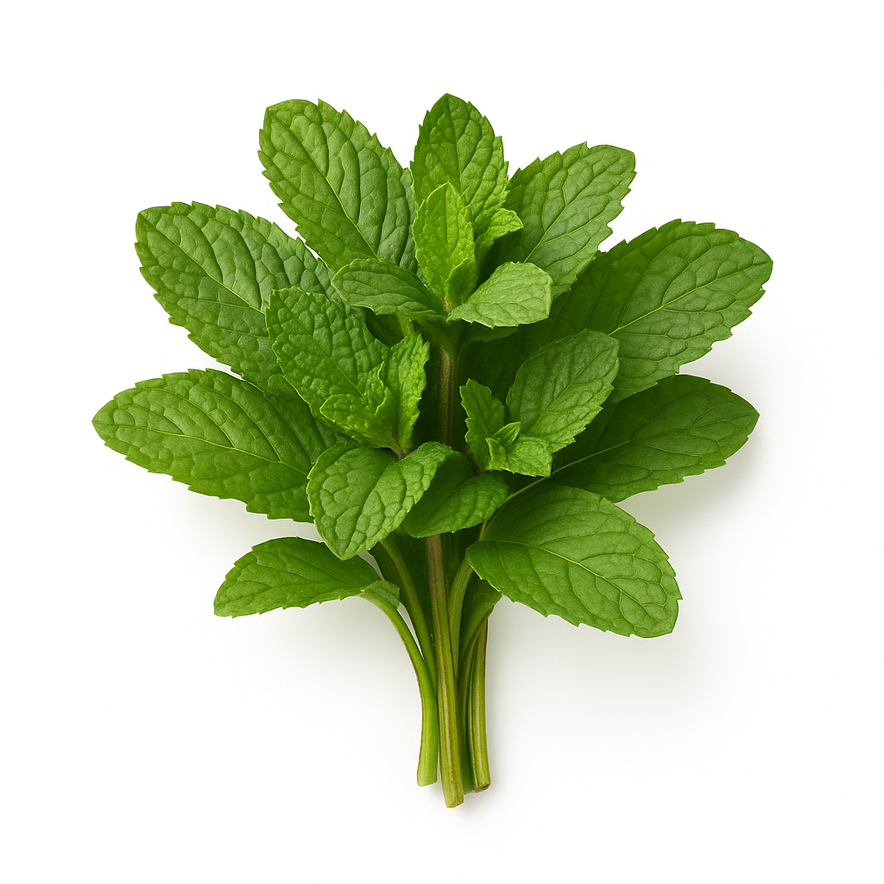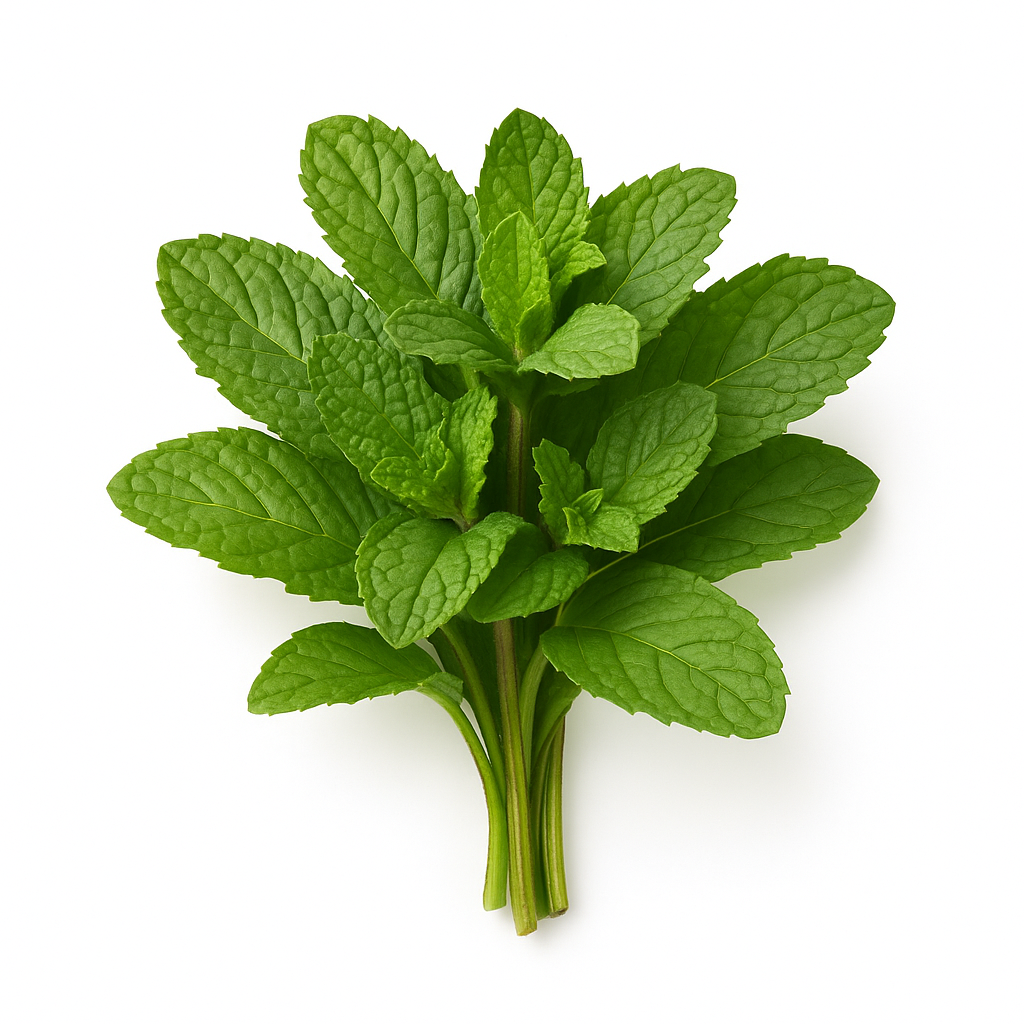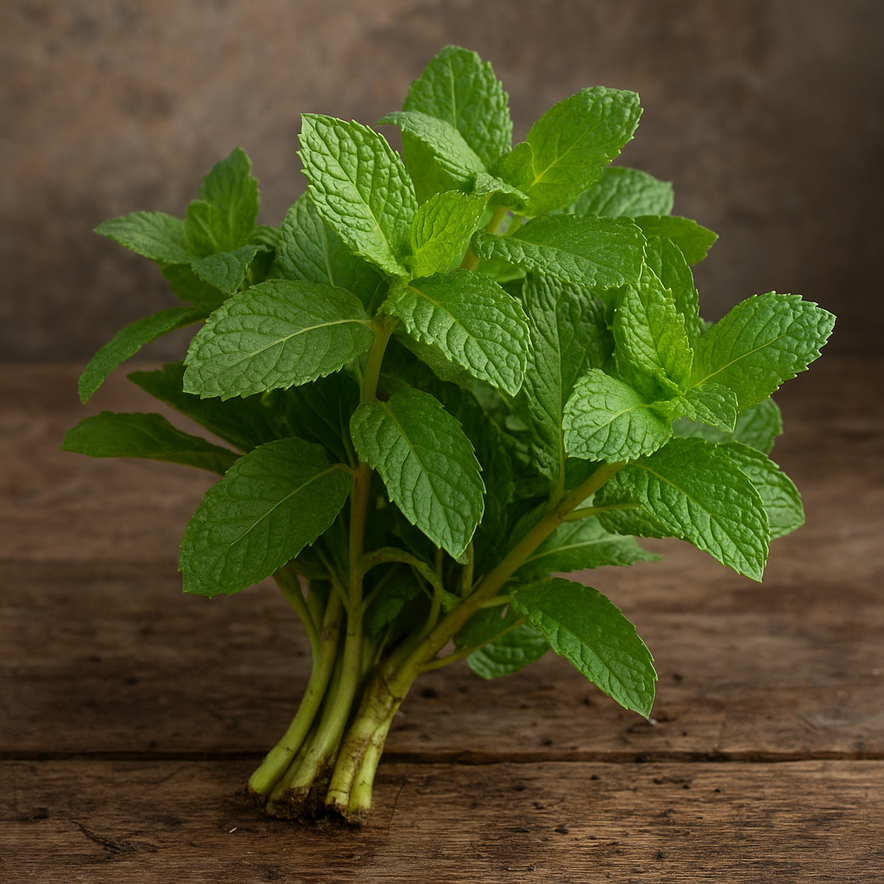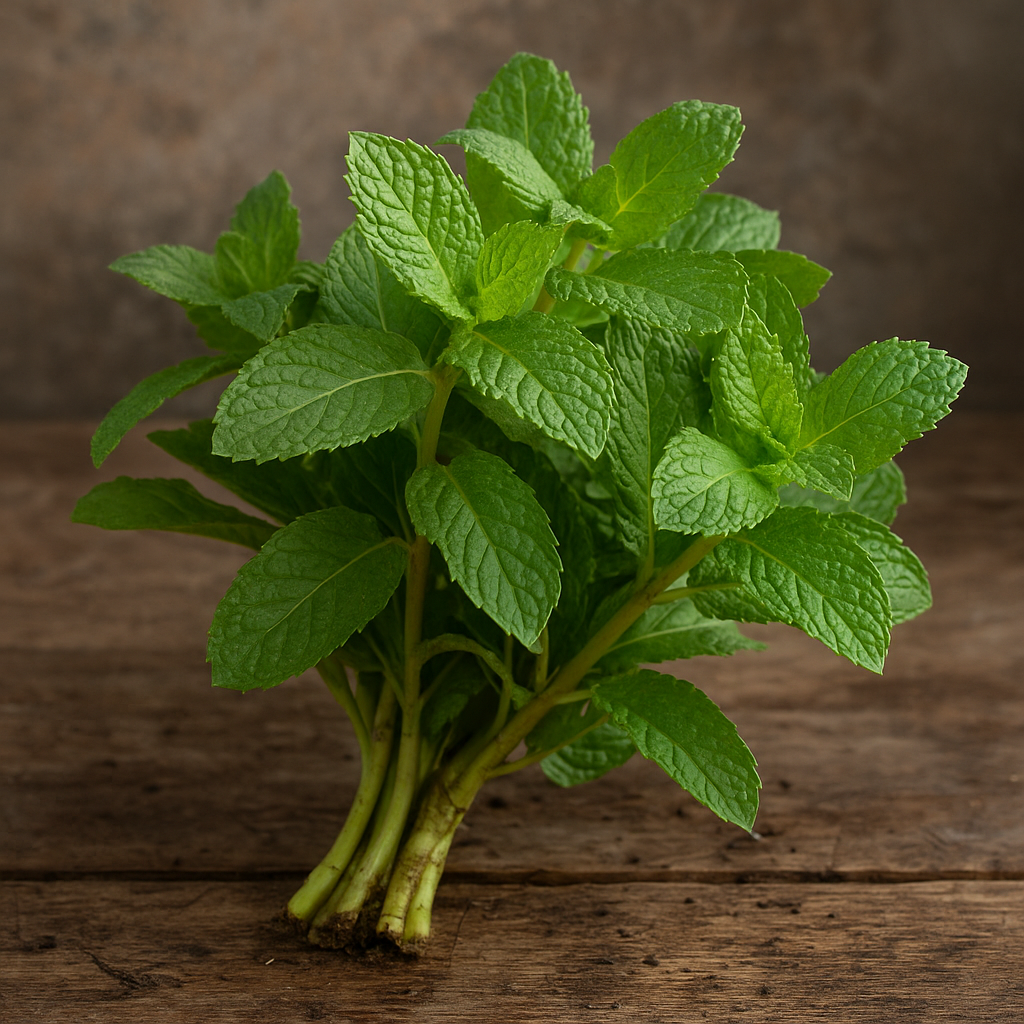Habak Leaves(Arabic Basil)
Habak Leaves(Arabic Basil)
Collections : Leaves, Vegetables,
Availability : In Stock
Couldn't load pickup availability
Shipping & Returns
Shipping & Returns
Free shipping and returns available on all orders!
We ship all US domestic orders within 5-10 business days!
Share
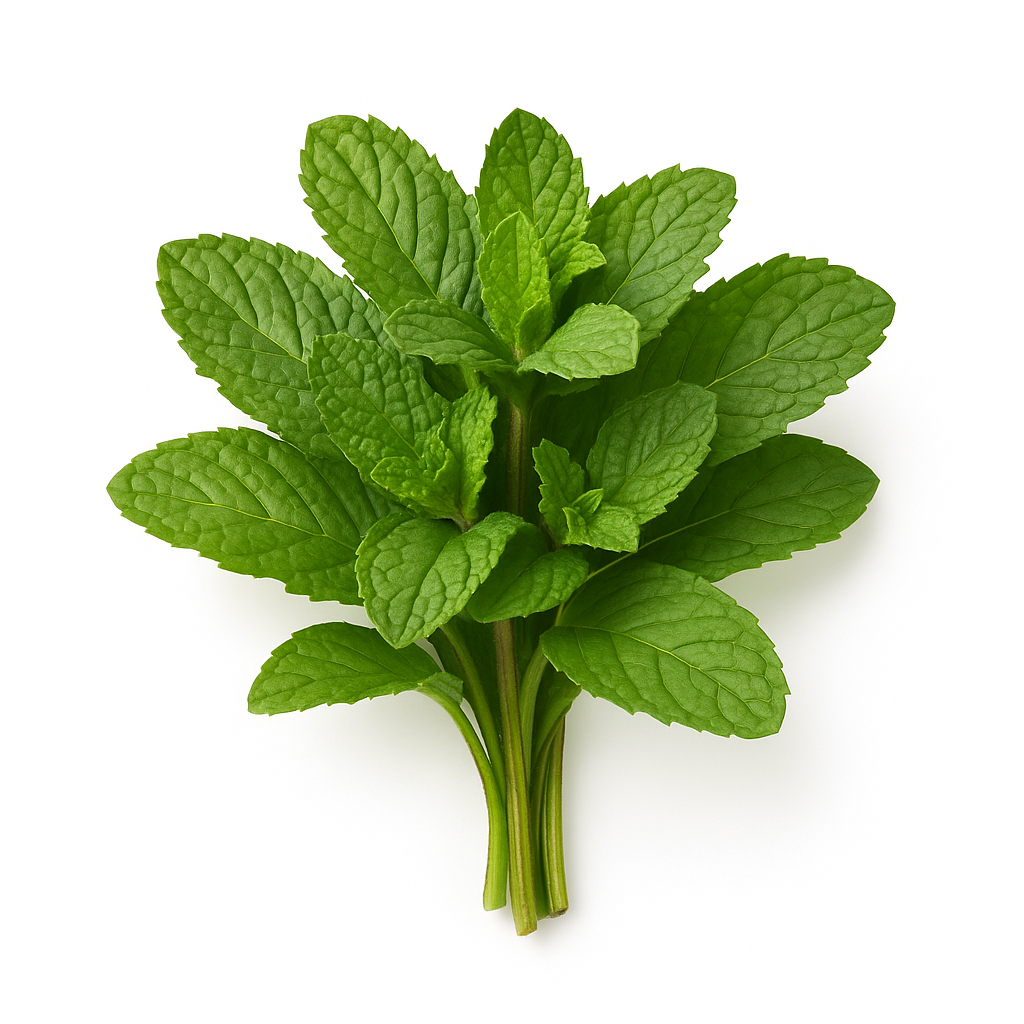
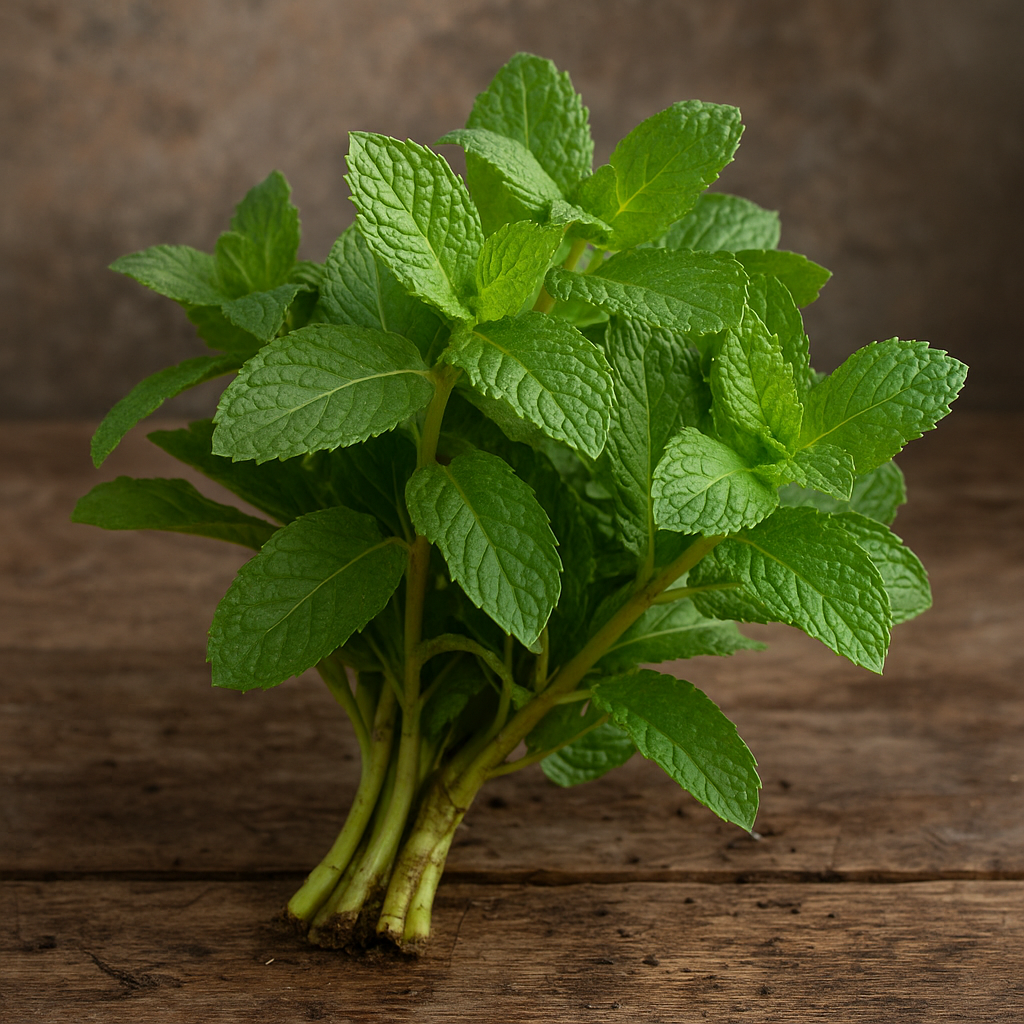
📝 Description
What is this product?
Habak Leaves, also known as Arabic Basil or Sweet Arabic Mint-Basil, are highly aromatic herbs widely used in Middle Eastern cuisine and traditional medicine. Habak has a distinctive fragrance that combines the sweetness of basil with the freshness of mint, making it an essential ingredient in Arabic teas, salads, and grilled dishes. The leaves are soft, green, and flavorful, known for their cooling and digestive properties. Rich in vitamin A, vitamin C, calcium, magnesium, iron, and natural essential oils, Habak supports respiratory health, boosts immunity, and relieves stress. Whether used fresh in beverages or as a garnish, Habak brings a soothing aroma and refreshing taste to every dish.
🌍 Origin
Habak originates from the Arabian Peninsula and the Levant region, where it grows abundantly in home gardens and farms. In Saudi Arabia, Lebanon, Egypt, and the Gulf countries, it is used both as a culinary herb and a medicinal plant. Locally cultivated Habak leaves are hand-picked at the freshest stage to preserve their natural oils and strong aroma, making them a staple in Middle Eastern kitchens for centuries.
🍽️ Nutrition Table (Per 100g)
| 🧪 Nutrient | 📏 Amount |
|---|---|
| 🔋 Energy | 22 kcal |
| 🍞 Carbohydrates | 2.6 g |
| 🌾 Dietary Fiber | 1.5 g |
| 🍗 Protein | 3.2 g |
| 🧈 Fat | 0.6 g |
| 🍊 Vitamin C | 18 mg |
| 👁️ Vitamin A (Beta-Carotene) | 5200 IU |
| 💎 Vitamin K | 400 µg |
| 🥔 Potassium | 290 mg |
| ⚙️ Magnesium | 64 mg |
| 🦴 Calcium | 177 mg |
| ⚖️ Iron | 3.2 mg |
Note: Habak is a natural source of menthol-like compounds that soothe the throat, reduce inflammation, and refresh the senses.
👩🍳 Cooking Method/Recipes
🍵 Recipe 1: Arabic Habak Tea
Ingredients: 1 cup fresh habak leaves, 2 cups water, 1 tsp honey (optional), and ½ tsp lemon juice.
Method:
- Boil water and add fresh habak leaves.
- Simmer for 3–5 minutes, then strain into a cup.
- Add honey and lemon juice, and serve hot.
Why it’s healthy: Calming and aromatic — helps digestion, reduces fatigue, and supports respiratory wellness.
🥗 Recipe 2: Fresh Habak Salad
Ingredients: 1 cup habak leaves, 1 tomato (diced), 1 cucumber (sliced), 1 tbsp olive oil, lemon juice, and salt.
Method:
- Combine all ingredients in a bowl.
- Toss gently with olive oil and lemon juice.
- Serve fresh with grilled meats or bread.
Why it’s healthy: A refreshing, antioxidant-rich salad that aids metabolism and boosts hydration.
🧊 Storage Instructions
🏠 Room Temperature
- Keep in a cool, shaded area for up to 6 hours after harvest if unwashed.
❄️ Refrigeration
- Wrap unwashed habak leaves in a damp paper towel and store inside a perforated plastic bag.
- Remains fresh for 5–7 days in the refrigerator.
🥶 Freezing
- Chop or blend habak leaves and freeze in ice cube trays with water or olive oil.
- Use within 2 months for teas, stews, or marinades.
🧺 Handling Tips
- Select vibrant green leaves with no signs of yellowing or dryness.
- Do not wash until ready to use to retain essential oils.
- Add fresh habak at the end of cooking for maximum aroma and flavor.
